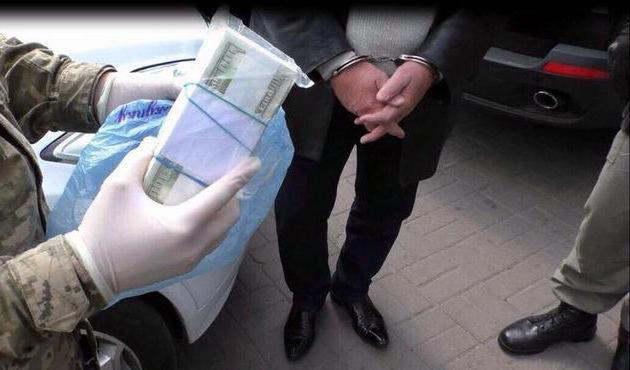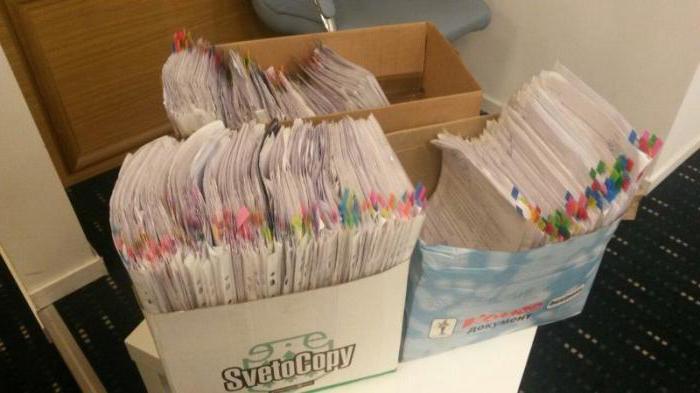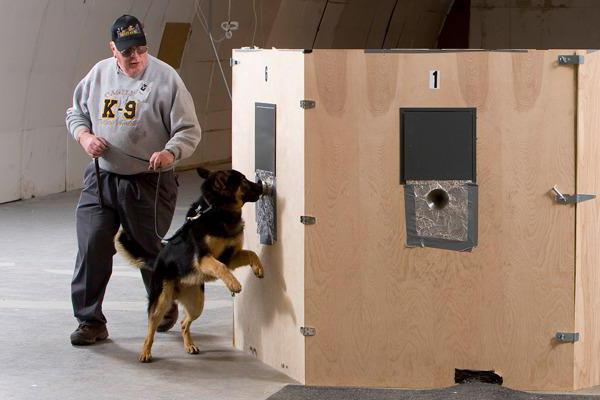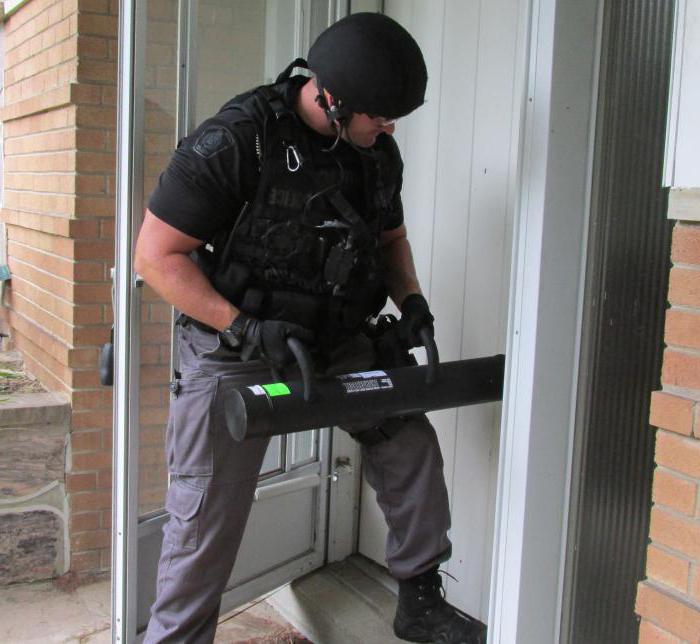When investigating a crime, such investigative actions as a search or seizure are used to detect additional information, evidence that is relevant in the conduct of a criminal case. Each of these concepts has its own order of production, goals and features. What is the difference between a search and a notch? Read about it later.
What does the concept of search include?
These are actions of a search-and-search nature, which consist of examining premises and sites forcibly in order to detect and seize an instrument of crime, things obtained by criminal means or other items related to the ongoing case. It is worth emphasizing that the search differs from the inspection in that the object is inspected in a forced manner and is aimed at finding hidden objects, rather than lying on the surface.
The search is an urgent action and most often it should be carried out as soon as the need arises so that the parties concerned cannot hide evidence or traces of the crime.
Ground for search
A search is carried out in the following cases:
- There are necessary grounds to assume that the stolen valuables, objects, documents, things that are important for a civil lawsuit are located in a particular person or in a certain room.
- If there is evidence that the wanted people, corpses or animals are in a particular room.
- There is a motivated resolution of the investigator with the sanction of the prosecutor. In such cases, no search of the person’s home or other property is permitted.
- A search of housing is carried out only by order of a judge.
- To search the premises where members of diplomatic missions and their families live, their consent or request is required, which is requested through the Ministry of Foreign Affairs.
Court authorization is not required; an investigator’s order is sufficient to conduct a search in the following cases:
- When searching premises occupied by organizations.
- Institutions.
- Trading premises that belong to private individuals.
- Plots with restricted access.
- If the situation is related to saving life or housing, as well as the prosecution of a suspect. A search of housing may be carried out without a judge.
A personal search can be carried out without the permission of the court and the decision of the investigator in the following cases:

- If the detention is made.
- In case of detention.
- When conducting a search, if there is reason to believe that the suspect is hiding objects or documents important to the investigation.
Types of Search
The difference between the search and the seizure is the difference in the types of these processes.
The law provides for a search:
- Housing of citizens and adjacent buildings and utility rooms.
- Trading and industrial premises, offices, organizations, individuals.
- Premises in which diplomatic persons and their families live.
- Directly suspect.
- Vehicle.
- Land plots.
If there are several suspects and defendants, a search may be:
- Simultaneous.
- Simultaneous.
- Extra.
Depending on the repetition of:
- Primary.
- Repeated.
Next, we compare such a process as a notch, its types and differences from a search.
Type of excavation
There are several types of notches:
- The extraction of objects. This includes stolen items, weapons, goods, crime instruments.
- Seizure of documentation. Documents can be either genuine or false. This includes documents giving the right to engage in a certain type of activity, financial statements, invoices and others.When a large number of documents is seized, the general characteristics of the documents, the number of seized papers and the nature of the packaging are indicated.

- The seizure of letters, telegrams, parcels. An investigator may seize all types of postal and telegraphic items. Or selectively, only incoming or outgoing correspondence from a specific locality.
The protocol must reflect the place and circumstances of the detection of objects. At the same time, witnesses, specialists and persons who are financially responsible should be present. There is no difference between a search and a seizure if we consider who should and has the right to be present at these processes.
Who is present during the search
The search must be carried out in the presence of the person who owns the premises or in the presence of members of his family who have reached the age of majority. If this is not possible, you can invite:
- Representative of the Housing Office.
- The representative of the village or village administration.
The investigator has the right to connect to the search:
- Specialists for detecting caches.
- Antiques.
- Pharmacists.
- Medical workers.
- Dog handler with a dog.
- Other specialists.
When searching the premises of diplomatic workers, the presence of representatives of the Ministry of Foreign Affairs and the prosecutor is necessary.

Search Preparatory Activities
In order to conduct a search, the investigator must be well prepared. To do this, he needs:
- When searching the premises, know the location of the rooms.
- Information about the searched person is required.
- Choose for the role of understood people who are not interested in business.
- Invite professionals you may need.
- Prepare the necessary technical means.
- Define an approximate search area.
- Take appropriate forensic measures.
In this case, the difference between the search and the seizure is that during the seizure, the investigator performs the following actions:
- Defines the item to be seized, its characteristics and signs.
- Determines the exact location of the subject whose face is notched.
The organization of witnesses and the involvement of specialists is a necessary measure for both seizure and search.
How does the search procedure go on.
Search Procedure
How is the search procedure:
- First of all, a document is presented allowing you to start the search process: a court order or permission. The person who is being searched must certify the document with a signature.
- The investigator offers the searched person to voluntarily surrender the values and documents that will need to be found. If he issues them, they may not be searched.
- Next begins the search procedure. In this case, the investigator has every right to use coercive measures, examining the premises step by step. If attempts are made by the searched person to hide or destroy seized items, the investigator must stop such actions. The difference between the seizure and the search is to conduct search operations.
- Upon detection of objects or documents that are relevant to the case, they are presented to witnesses and to all those present. After their inspection, everything is reflected in the search report.

It is worth noting that, in identifying the circumstances of the personal life of the searched person, the investigator must take measures in accordance with the principle of privacy. Therefore, the participants in the search are taken a subscription on non-disclosure of the investigation data.
Further, that includes the concept of a notch and its difference from a search.
What is a notch
Consider the concept of a notch. Seizure measures, given accurate data on the location of objects or documents that are the property of enterprises, organizations or individuals, are called seizures. This is the difference between a search and a notch. The concept contains the key phrase “seizure with accurate location data”.
When seized, citizens and officials do not have the right to refuse and not to present and not to issue the required documents or objects.
In preparing the seizure, the investigator can take the help of specialists who will help with the determination of the signs characteristic of the seized item and for isolating it from the rest. Also, the investigator concludes what additional funds and specialists may be needed for removal.
Excavation base
The actual basis of the seizure may include reliable facts about the place or person who has the item, document or value. This is also the difference between a search and a notch. During the search, there are sufficiently substantial reasons, but not accurate data.
In order for the seizure process to take place, an investigator’s resolution is necessary. It indicates the items, values, documents that must be removed.
If the documents contain state or bank secrets, the sanction of the prosecutor is necessary for their seizure, which must be agreed with the head of the relevant institution.
The similarity of the search process with the search
The process of seizure and search have a similar production. Compare them:
- Before the search and seizure, the investigator must show the decision to the owners of the enterprise, organization where the seizure or search process is carried out.
- Initially, it is proposed to voluntarily issue the required documents or values or indicate the location of the offender.

- If they voluntarily issue documents or valuables related to the case, they refuse, the search or seizure is carried out by force.
- In the absence of the owner of the premises, representatives of the housing maintenance organization or local deputies are invited.
- When conducting a search or seizure, the investigator may prohibit people who are in the room at that time from leaving the premises and communicating with each other.
- All seized things, objects must be described in the protocol of the search or seizure. Items or documents are packed and sealed.
- After a search or seizure, the second copy of the protocol shall be left with the one who was searched or seized.
The difference between a search and a notch
The main difference between the seizure and the search is as follows:
- The recess assumes that there is accurate evidence of where the item or value is located, the document to be seized.
- It is also known exactly who has the item to be removed.
Procedural differences between a search and a notch:

- During the search, the investigator has the right to open the storage facilities and premises if the owner refuses to do so.
- During the seizure, the investigator has no right to conduct search activities.
So if they ask: "Indicate one of the differences between the seizure from the search", you can safely call one of the above.
If they came to you with a search, be attentive to the actions of operational workers and do not rush to point out to them their mistakes. After all, if they are recorded in the protocol, it may turn out that the evidence found is invalid. In any case, whether you were detained or not, if you have undergone a seizure or a search procedure, then you need a legal consultation.